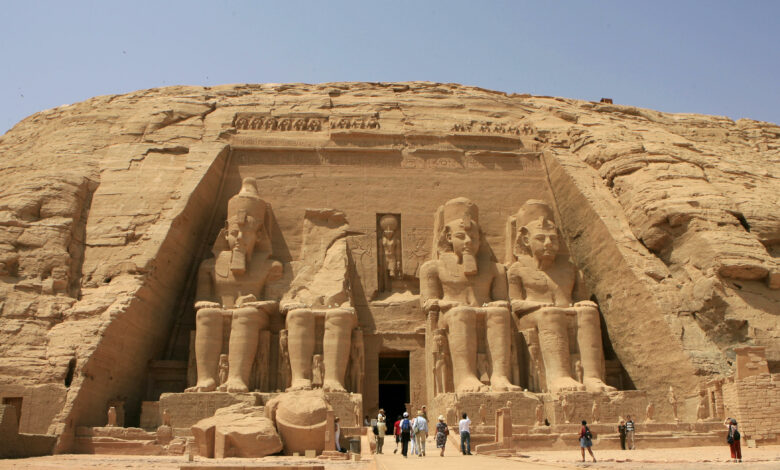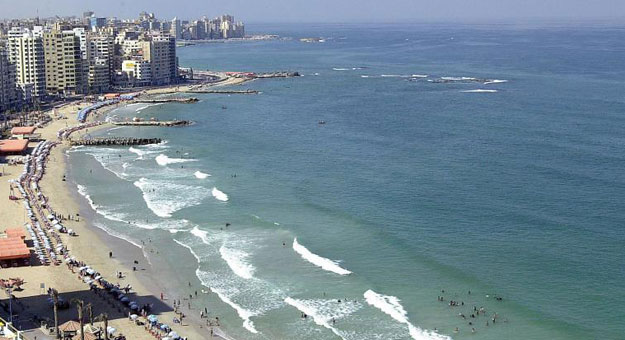
The Ministry of Tourism and Antiquities has completed a project to raise the efficiency of visitor services at 13 archaeological sites and museums in Aswan Governorate.
The project comes within the framework of a plan to raise the efficiency of visitor services at archaeological sites and museums throughout the republic, which is scheduled in 30 sites and museums as a first phase.
Iman Zaidan, the general supervisor of services development at archaeological sites and museums, explained that the ministry pays great attention to this project, in line with the historical and archaeological importance of these sites and museums, which will improve the visitor experience and encourage them to repeat their visit.
She added that these sites and museums included the temples of Edfu, Philae, Kom Ombo, Kalabsha, Isis, Abu Simbel, Amda, and al-Sebou, in addition to the area of Jabal al-Silasah, Sohail Island, the Unfinished Obelisk, and the Crocodile and Nubia museums, where they were provided with all the necessary services and guiding and explanatory means.
She added that the project included placing a number of guiding signs on the roads leading to these sites and museums, which were implemented in coordination with the local Aswan authorities. They were also provided with maps that highlighted the tourist and archaeological sites in Egypt in general and Aswan Governorate in particular.
The itineraries of the visit and the location of the ticket offices have been defined and prepared and provided with panels implemented and a hotline has been established at (19546) for suggestions and inquiries.
Waiting areas were prepared in Abu Simbel and Kom Ambo to receive visitors’ cars and tourist buses.
These works were carried out under the auspices of Inertia as a silver sponsor for the development of services through the Commercial Sponsorship Regulations approved by the Supreme Council of Antiquities, which allows cooperation with the private sector in accordance with the regulations and conditions regulating in this regard.
Basem Ibrahim, Director General of the General Administration of Services for Tourist and Archaeological Sites and Museums, said that the project also included the implementation of 50 explanatory panels in Arabic and English equipped with a QR code, so that visitors could enter the website and view more historical and archaeological information, pictures of the site, its components and the itinerary of the visit and service places, in addition to means of interpretation of the architectural and technical elements characteristic of the site, supported by sketches and archival photos.
He added that the temples registered on the UNESCO World Heritage List were provided with panels containing information, archival photos and illustrations about the project to save it during the 1960 and the stages of documentation, dismantling, transportation and installation in its current sites.
These sites were made available to people of determination to encourage easy tourism, as movement paths were provided for wheelchair users and explanatory signs in Braille. Rest places for visitors equipped with seats, umbrellas and baskets were also provided.
The Abu Simbel Visitors Center has been developed to be more spacious to receive visitors and provide them with information that simulates the story of building and saving temples in an attractive way.
Edfu Temple has been provided with new screens to display films about it, and tourist offices at Aswan International Airport to display promotional films for various tourist destinations, under the auspices of Samsung.
The projects sector of the Supreme Council of Antiquities has also finished lighting a number of archaeological sites in the governorate, including the Abu Simbel temples, in addition to renovating toilets.
Edited translation from Al-Masry Al-Youm




